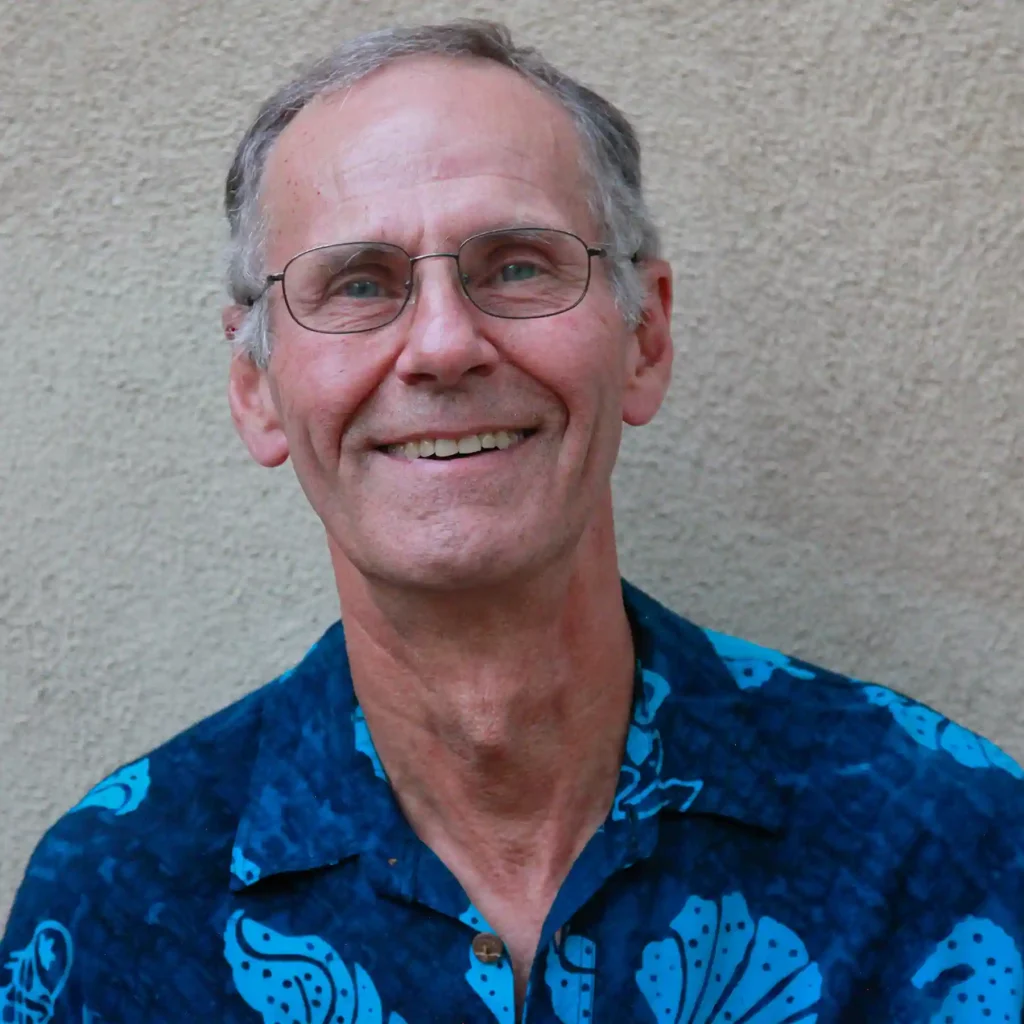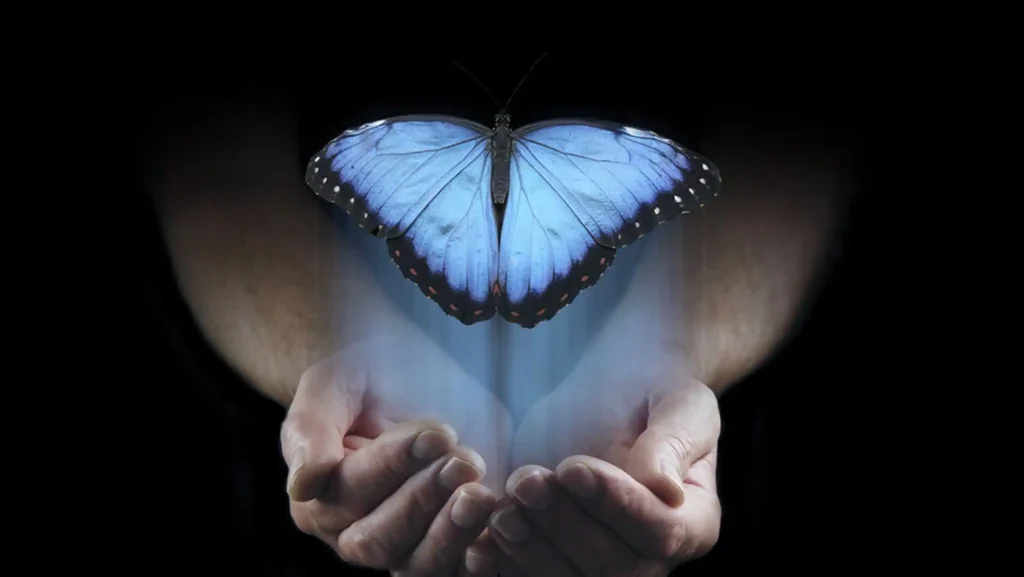More than half the world population now lives in urban environments and even though they too live on land, the deep connection that has been so important to peoples throughout history has been for the most part lost. Fortunately this situation has reached its nadir and from now on this state of affairs is being reversed. Once again the ancient understanding about the true nature of relationship and how things actually work is being revealed and will continue to contradict the prevailing paradigm until it crumbles into dust. Many wonder how this can possibly be because our scientific paradigm is so strong.
Scientists are still blacklisted and scorned who dare to voice a more mystic view of the power in land but the ones who condemn them actually hold the failed view because it is based on an unsustainable model. Here we are going to look at a more holistic position with regard to our environment and hopefully recognize the truth in it. Here is a very simple shamanic perspective that can change everything.
How does your belief system make you feel? Does looking at a woman or a man like a piece of meat make you feel good? Does looking at the value of land merely for its commercial value or its resources make you feel good? Yes, you could say it makes you laugh all the way to the bank, but what happens when land prices devalue and you have lost your investment? Does your limited and conditional perspective actually produce joy, expansiveness, an opening of the heart? Probably not! In the shamanic perspective an understanding of how the environment speaks its truth is a game changer. It will literally change your experience of the world for the better.
In order to understand land you have to spend time with it just like with a person whom you hope to get to know. All land has a personality just like people do. We differentiate between people and we differentiate between places on the land. This land is rolling hills and that land is flat with occasional groves of trees and so on. Land however is fascinating because of its complexity. Everyone has seen the broader shifts in the personality of land masses. Some nations are mountainous like Austria and Switzerland and some like Bangladesh are mostly known for their flat plains while still others like Saudi Arabia are vast deserts. The American West is known for it’s canyons and deeply carved terrain. One can see land personality clearly in the various states in the United States. Kansas has one flavor and Utah has an entirely different one. Yet even as we can see these broadly different flavors, as we hone in closer we continually see changes in personality. This canyon is different from the various other canyons nearby and we can clearly feel which one is a favorite to walk through and which one we choose to avoid because somehow it does not quite feel right to us.
Maybe we sit down to a bag lunch on our hike and now our perspective is more local. We choose this rock instead of that one to sit on because it is overhung by some cool ferns instead of being in the glare of the hot sun. We walk a few feet away to wash our hands in a cool stream and now everything is changed, the feel is different; the land is speaking a different language with a different voice. We mostly take all this for granted but if we stop to pay attention, more and more is revealed. Land and the environs has its personality that shifts as we move through it. In a word it is alive and we are in relationship to something dynamic, something powerful, and perhaps even something that can save us or kill us if it wants, depending on what our relationship with it is. I realize that many people don’t believe this because they don’t think that land is conscious or has the ability to do anything to us but in fact it does and it happens all the time. If the land does not like your presence it will arrange for your ouster. If it truly does not like you it will arrange for you to have an accident there. You get the idea. Thus your relationship with the land may be a life and death proposition. Shamans have always known this, yet we moderns have mostly forgotten and pay deep consequences for our folly. Why do some mountain climbers make it to the top and others die on the way up or down. We could attribute this to stamina, will, character, or experience but even these things do not account for who lives and who dies. Respect, honor, and communication with the land have everything to do with a safe journey.
So how do we have a relationship with the land that is healthy and makes sure we pass through it not only safely but with joy? Here are some simple shamanic principles to keep in mind. Land, just like people, likes to be acknowledged, recognized, and respected. What a concept! Land, just like people likes to receive gifts in the form of offerings. Now land is different from people in that it is not mercenary. When you give a fifty-dollar gift to the other person there is often a hidden expectation that perhaps you will receive a gift of equal value back. Land does not give a hoot about this kind of giving or receiving. The land wants only your good will and your good intention. When you bring a piece of fruit and offer it to the land, the land is happy and embraces you for you have acknowledged it. When you offer a bit of tobacco to the land or perhaps a semiprecious stone the land is overjoyed to receive it. Why. Because the land is somewhat starved for attention. It has been ignored for a long time. People don’t think to bring it gifts anymore so the tiny gesture of recognition is a big deal. In the Andes the descendants of the Incas and pre-Incas still carry the tradition of Ayni, reciprocation, giving back. In this way their crops grow and their lamas thrive and avalanches don’t hit their villages.
Recently I returned from Huaylay, otherwise known as the Stone Forest. A national park high in the Andes of Peru. I was there with a group of Americans and Canadians wanting to experience the power of the Andes and of the Paqos (shamans) of the mountains. The Stone forest is an indescribable maze of rock formations, once sea floor, raised up to thirteen thousand feet and more. The land is magic and in the rock formations appear the shapes of animals, people, spirits, and ancient gods. The land is too high to be visited by many people and while camping there amid the spires and the hot springs we saw virtually no outsiders. Here Lamas, alpaca, sheep, and some horses and cows graze the land under skies that quickly shifted between cold clear skies and times of rain and sleet. Rainbows were frequent yet temporal. This is a land I have visited many times with groups of my students and I always look forward to going back, challenging as the terrain and weather is. Perhaps no other place has taught me so much about the dynamic nature of the land. Here I have had direct experience with making coca leaf offerings to an approaching storm only to have it suddenly take another direction saving us from a freezing drenching.

Remote Shamanic Healing
Each month, around the new and full moons, Jose, Lena or Anna leads a remote shamanic healing session. These approximately 30 minute sessions are designed to be experienced in a quiet, safe place free from distraction. Even if you cannot join live they can be very powerful, and always include a good clearing and beautiful icaros. These are live webinars where you cannot be seen or heard. You can hear the practitioner and see their altar for that evening. Recording access is included for 48 hours afterwards. See the product description for dates and times.
The rock formations themselves have spoken to me clearly and directly. This ancient seabed is studded with quartz crystals in the shape of small octahedrons that are washed out of the rocks by the wind and rain and collect in sandy patches on the ground. The mountains of rock spoke to me about how this high place is a library in the sky and how the crystals are little storage containers, each holding the wisdom of ages downloaded from the starlight. They instructed me to collect some of these crystals and to spread them about where ever I go, dropping them into streams, rivers, power places, and so on. They told me that each time I dropped a few in a place to instruct them to connect this place with the stone forest, the library in the sky and in this way a connecting web would form of many places sharing this wealth of wisdom. For many years I have been following this policy and instructing others to do the same. The crystals have an amazing way of becoming so attractive and so much fun to collect that I have seen whole groups of adults on their hands and knees unable to pull themselves away from collecting the little crystals. One time I spent three entire days on my hands and knees collecting a jar full of them for spreading and using in healing ceremonies.
Land, like people, likes to be spoken to, likes to be sung to. All it really is asking for is a simple hello. Hello trees, hello grass, hello rock formations, hello birds. This sounds like something out of a children’ book and is indeed why early anthropologists thought of native peoples as being simple minded and childlike. Little did they know that the natives had the inside scoop. This is how to get along with the land in a deeply cooperative way. Say hello to the land and it will say hello to you and you will have a good relationship and it will take care of you. Insult the land and just watch what happens sooner or later, illness, accidents, and even perhaps death.
Recently I was hiking on my land in Northern New Mexico and as I climbed up to a local high point I heard an inner voice say. “I want some tobacco. Give me some Tobacco.” I almost always carry some tobacco in a little pouch with me so I stopped and pulled out some and gave it to the land. “I heard a big sigh and a sort of great grunt of satisfaction, “That’s much better” the inner voice said. I was again amazed at how such a little gesture could be received with such pleasure. I had a little dialogue with the hilltop and told it how much I enjoyed being there and how beautiful the view was. Immediately I was suffused with a wonderful feeling inside. Now, you may say I was just making this all up and supposing I was. It would still be a great and cheap way to feel very good. If you ask me, I don’t care if I was making it up or not. It made me feel very good and this is the key to the shamanic path. Follow what makes you feel good inside. I still say the hilltop talked to me and I talked to it. Why? Because I am not separate from the hilltop and it is not separate from me. We are connected and in relationship. That feels to me like a better paradigm to live with.
Land loves to be sung to, whistled to, hummed to. Yes, this too may sound strange but the proof is in the pudding. Have you ever sung to the land? Go to a private place on land you like and sing out loud to it. See what happens. I guarantee you will not feel bad, just the opposite in fact. Yes, you might feel self conscious or foolish. Get over it. Just do it and discover what happens.
Understand that land remembers everything that ever happens on it. If a deer walks through it, it remembers. If a drunk staggers through it and falls unconscious to the ground to sleep it off, the land remembers it. If someone is buried there, it remembers. If a massacre occurred their, it remembers. If someone once lived there, it remembers. In this way the land is dynamically changing and responding to other energies that interact with it for better or worse. If you are the guardian of some land it will take on your characteristics. If your friends visit your land they will say, “Its funny, this land feels like you.” If you pray there or do ceremony there it will shift itself in kind. This is how some land becomes sacred and other land may become a place of anxiety and instability. All this is subject to change. Land can be healed through talking to it, singing to it, making offerings there, bringing it into balance after it has experienced a serious insult. This is a much bigger topic that I will not go into here. The main point here is to recognize that land is dynamic and fluid and will respond to your presence in a specific way. It truly is a relationship.
Being a steward of some land is an excellent way to learn these important lessons of relationship. The more you talk to it, the more you offer it blessings, the more good will you have toward it, the more it will respond to you in ways you will not be able to ignore. You do not have to have land to experience this however. If you live in the city and are fortunate enough to have a garden or small plot of ground you can learn an amazing amount from it. If you do not have a garden because you live in a condo you can form a relationship with the trees down the block or a nearby park. Land is all around and nature exists in the city just as it does everywhere. There is no escaping life everywhere, dynamic nature intruding into your thoughts and feelings. The only question is, do you acknowledge it and have a relationship with it. The more you do, the more enriched your life will be, the less, the more impoverished you will be. This is a simple truth most often ignored by the commercial nature of the dominant culture. All older souls know that the dominant culture, while offering us some benefits, is for the most part unhealthy and leading us down a path of destructiveness and unsustainability, so it is not to be taken too seriously. Give it lip service only, then follow the path of the heart, what makes you feel good. In this way your perspective will change, you will become more like a child, perhaps laughed at by some, but infinitely happier.
You will be connected once more to your environment, feel the pulse of life, and seek out the quiet but rich places of deep serenity or the dramatic places of stunning beauty. Don’t expect to be comfortable though. Land is land, uneven, hot, cold, windy, wet, dry, even formidable, but oh, who can live without this relationship. Our bodies crave it, our cells reach for it, our hearts yearn for it, our minds expand with it. Or, if it is your preference you can just watch commercials on TV or on the internet. Life is full of choices. Choose wisely
Tags:

José Stevens
José Luis Stevens, PhD is the president and co-founder (with wife Lena) of Power Path Seminars, an international school and consulting firm dedicated to the study and application of shamanism and indigenous wisdom to business and everyday life. José completed a ten-year apprenticeship with a Huichol (Wixarika) Maracame (Huichol shaman) in the Sierras of Central Mexico. In addition, he is studying with Shipibo shamans in the Peruvian Amazon and with Paqos (shamans) in the Andes in Peru. In 1983 he completed his doctoral dissertation at the California Institute of Integral Studies focusing on the interface between shamanism and western psychological counseling. Since then, he has studied cross-cultural shamanism around the world to distill the core elements of shamanic healing and practice. He is the author of twenty books and numerous articles including Encounters With Power, Awaken The Inner Shaman, The Power Path, Secrets of Shamanism, Transforming Your Dragons and How To Pray The Shaman’s Way.
Related Articles
The Evolution of Perception and Fear
The Challenge Of Creating Our Future
The frequency of the Earth is shifting, The hertz frequency of the earth is dropping temporarily while changes are being made from the core of…




